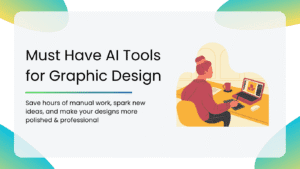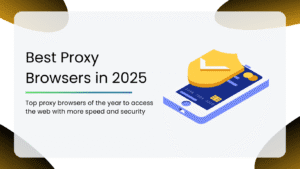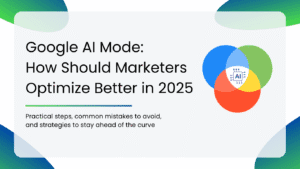Web scraping is no longer just for hardcore developers; it has become a go-to skill. But setting up a full scraping tool from scratch can feel overwhelming and expensive. Enter Chrome extensions for web scraping. With just a few clicks, you can turn your browser into a powerful data-gathering machine without writing a single line of code.
In this article, we’ll explore some of the best Chrome extensions for web scraping that can transform your online research.
What are Web Scraping Chrome Extensions?
If you’ve ever copied and pasted data from a website into a spreadsheet, you’ve already done web scraping. It’s just the slow, manual way. Web scraping Chrome extensions take that tedious process and automate it. With a single click, these extensions pull structured data directly from web pages and export it into usable formats like CSV or Google Sheets.
Why Use Chrome Extensions for Web Scraping?
Here’s why Chrome extensions for web scraping are a great starting point:
1. Easy to Install & Use
Just head to the Chrome Web Store, click “Add to Chrome,” and you’re ready to scrape. In minutes, your browser transforms into a data-collecting asset.
2. Beginner-Friendly
Most Chrome scraping extensions come with intuitive interfaces. Select the data you need, set your preferences, and let the extension handle the rest. You don’t need any coding skills.
3. Perfect for Small Datasets
Chrome extensions are perfect for light-to-moderate scraping tasks. They’re fast, efficient, and ideal for quick research and one-off projects.
A Few Limitations to Keep in Mind
While Chrome extensions are amazing for getting started, they’re built for industrial-scale scraping. Large datasets, complex websites with heavy JavaScript, CAPTCHAs, or anti-scraping measures can slow them down or block them entirely. For big projects, you’ll eventually need more robust tools or custom scripts.
Comparison of the Best Chrome Extensions for Web Scraping
| Tool | Skill Level | Best For | Limitations |
| Web Scraper | Beginner to Intermediate | Free extension, sitemap editor, pagination handling | Learning curve for sitemap setup |
| Data Miner | Beginner to Intermediate | Point-and-click selector, Excel/CSV export, automation scripts | Limited automation on free plan |
| Instant Data Scraper | Beginner | Auto-detects data tables/lists, instant CSV download | Not ideal for complex sites or login-based content |
| Apify | Intermediate to Advanced | Cloud-based, API integrations | Requires more setup than simple extensions |
| Scrapy | Advanced | Open-source, highly flexible, huge community | Requires coding knowledge, no GUI |
| Octoparse | Beginner to Intermediate | Drag-and-drop interface, cloud extraction, scheduling | Paid plans needed for large-scale tasks |
| Listly | Beginner | Collaborative list building, browser integration | Not designed for heavy scraping |
| DataGrab | Beginner | Point-and-click extraction, instant CSV download | Limited for complex sites |
Best Chrome Extensions for Web Scraping
| Table of Contents |
| 1. Web Scraper |
| 2. Data Miner |
| 3. Instant Data Scraper |
| 4. Apify |
| 5. Scrapy |
| 6. Octoparse |
| 7. Listly |
| 8. DataGrab |
1. Web Scraper
Web Scraper is one of the biggest names in the game. Whether you’re gathering product data, collecting leads, or analyzing competitors, this extension brings serious power to your browser without requiring a single line of code.
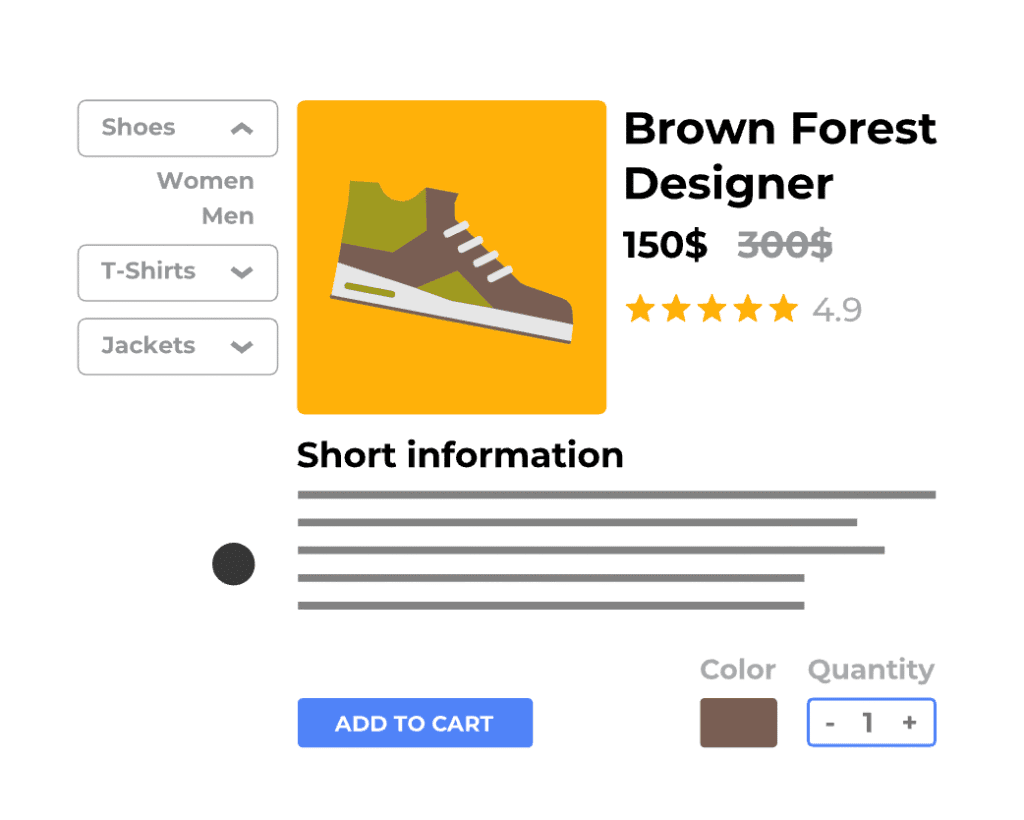
Key Features:
- Sitemaps for Structured Scraping: Define how the extension should navigate and extract data from multiple pages.
- Pagination Support: Automatically scrape data across multiple pages without manual clicks.
- Export Options: Download your data directly into CSV or integrate with Google Sheets for seamless workflow.
- Cloud Scraping Upgrade: Web Scraper offers a paid cloud version for larger, automated scraping tasks.
Cons:
- Learning Curve: While beginner-friendly for simple scrapes, advanced sitemaps can take time to set up.
- Free Version Limitations: Larger projects may require the paid plan or cloud services.
Review: Web Scraper is a combination of point-and-click simplicity with advanced options for power users, making it one of the most versatile scraping extensions available in 2025. If you’re just starting out, the free version is great. If you’re ready to scale up, the cloud plan can take you to the next level.
2. Data Miner
Data Miner comes with pre-built extraction rules, plus tools to let you build your own. If you want a balance between ease-of-use and flexibility, Data Miner delivers. It works well for marketers pulling product listings, researchers collecting contact info, or business owners keeping tabs on computer data.
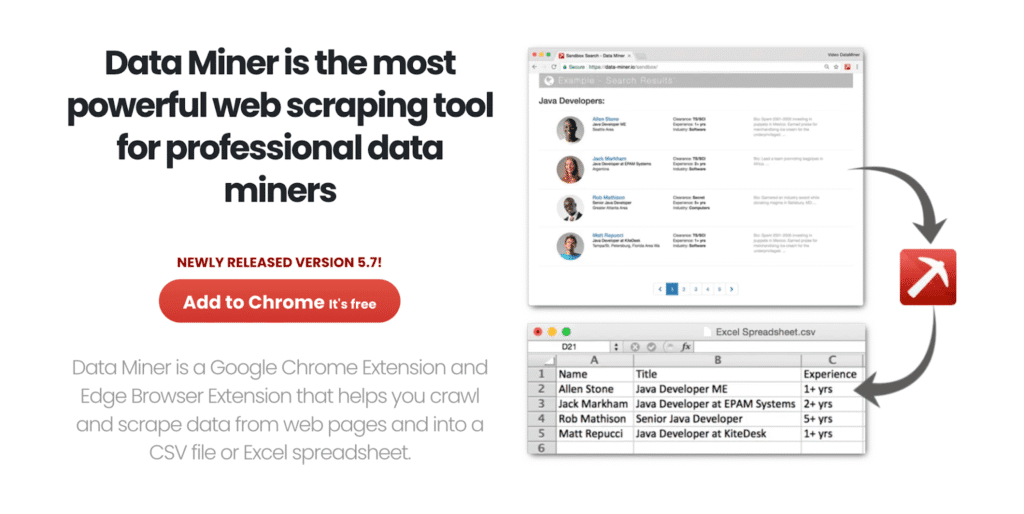
Key Features:
- Huge Library: Thousands of extraction rules already made for many popular sites, so you can often start scraping in seconds.
- Custom Creator: When a site isn’t supported, you can define what data to pull to get exactly what you need.
- Exports in CSV/JSON/Excel: You can take your scraped data into the tools you already use.
- Single-Page & Multi-Page Scraping: Fetch results across multiple pages, follow links, gather data from listings or search results.
Cons:
- Limits on Scale: For large-volume scraping, you’ll bump up against usage, speed, or plan limits.
- Cost Can Add Up: Free version is useful, but serious scraping means paying more.
Review: If you’re looking for a solid, mid-level scraping solution inside Chrome, Data Miner is a smart pick. It gives you the speed of “pre-built” scraping for common sites and the flexibility to handle custom cases without having to write full code. For those who scrape frequently, Data Miner hits that sweet spot: powerful enough, but still approachable.
3. Instant Data Scraper
Instant Data Scraper is a free Chrome extension that makes web scraping very handy. No need to build templates or write scripts, it uses AI/heuristic logic to guess which parts of a page are “data” and lets you export that in formats you already use, like Excel or CSV.
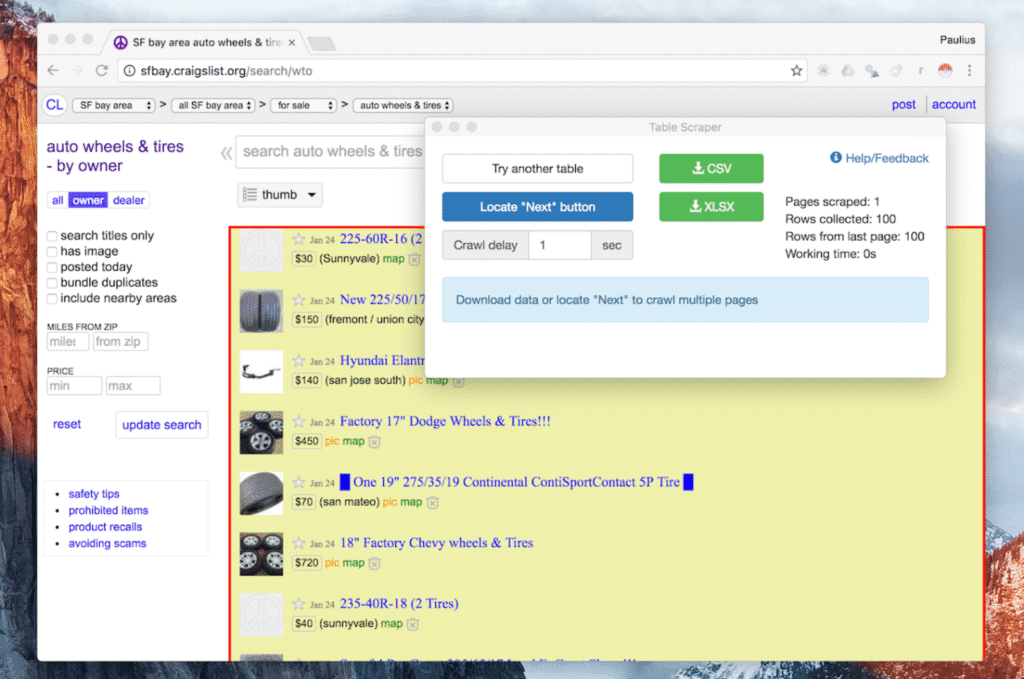
Key Features:
- AI-Powered Data Detection: Instant Data Scraper scans the HTML structure and suggests tables or lists to extract.
- Dynamic Content Handling: It waits for content loaded via JavaScript or AJAX and supports infinite scroll, so you aren’t limited to static HTML only.
- Pagination/Next-Page Navigation: Can automatically detect and follow “Next” links or buttons to scrape data across multiple pages.
- Data Preview: Before you export, you can see a preview, drop columns you don’t need, and rename them to something meaningful.
Cons:
- Performance & Scale Constraints: Because it runs on your browser, scraping hundreds or thousands of pages can slow things down.
- Not Ideal for Deep Link Scraping: If you need to click on each item for more data, Instant Data Scraper may struggle or require a manual workaround.
Review: Instant Data Scraper is perfect when you have data needs that are simple to medium complexity, and you want results without any fuss. It shines for quick jobs like scraping directory listings, price comparisons, lead lists, or any page with clearly marked tables or list-structures. Because of its AI detection, it often gives a solid first guess, which you can tweak if needed.
4. Apify
If you’re ready to go beyond simple scraping and want a tool that can scale, automate, and adapt, Apify is one of the big players in 2025. It isn’t just a Chrome extension; it’s a full-stack platform that gives developers, marketers, and data teams the infrastructure and tools to extract, process, and use web data at scale.
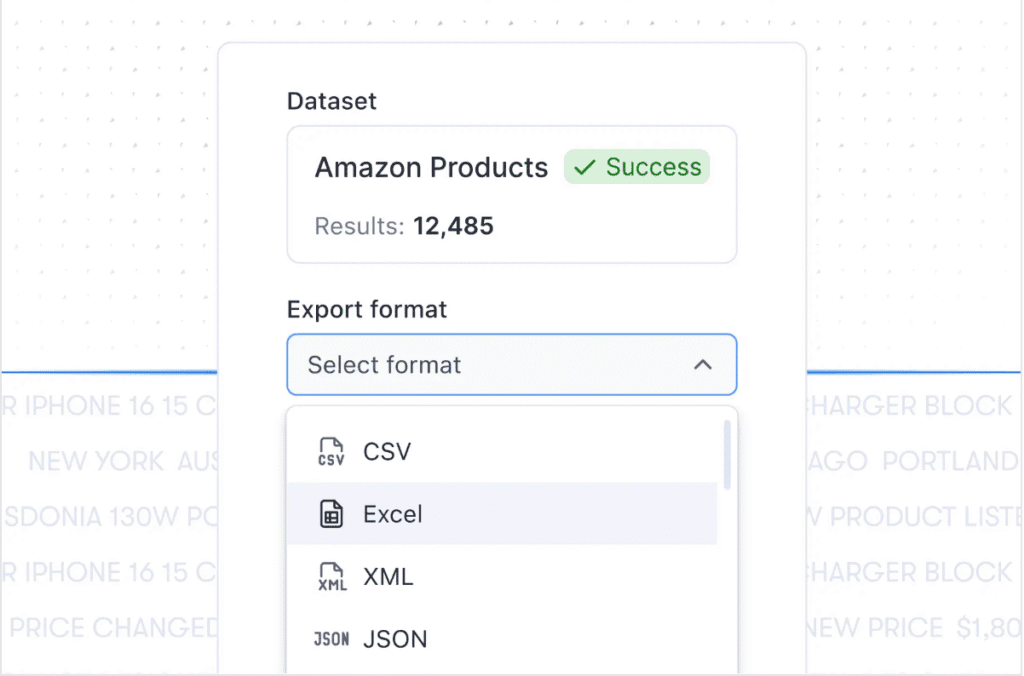
Key Features:
- Custom Scraper: If you have complex or unusual tasks, you can build your own scrapers using their SDKs.
- Cloud Infrastructure: It handles server-side execution, scheduling, IP/proxy management, logging, data storage, etc.
- Flexible Export: You can export data in many formats, integrate via API or webhooks, embed into workflows, etc.
- Monitoring & Scheduling: You can schedule scrapes, monitor their runs, see logs, track runtime and cost.
Cons:
- Steep Learning Curve: While some tasks are easy, many of its more powerful features require coding skills or technical understanding.
- Overkill for Small, Simple Tasks: If you just need occasional scraping of small datasets or a simple list extraction, Apify might be more tool than you really need.
Review: Apify is one of the best options out there if you see yourself doing more than occasional web scraping. If your needs lean toward recurring data extraction, monitoring, or automation workflows, it delivers a lot of value. It is highly recommended for medium to heavy scraping/automation use cases.
5. Scrapy
Scrapy is a powerful, open-source web crawling and data-extraction framework built in Python and maintained by Zyte. For users whose scraping needs are growing in scale, or who need more control, automation, advanced workflows, or integration into backend systems, Scrapy offers a serious upgrade. If you can code, this can be your go-to for heavy scraping in 2025.
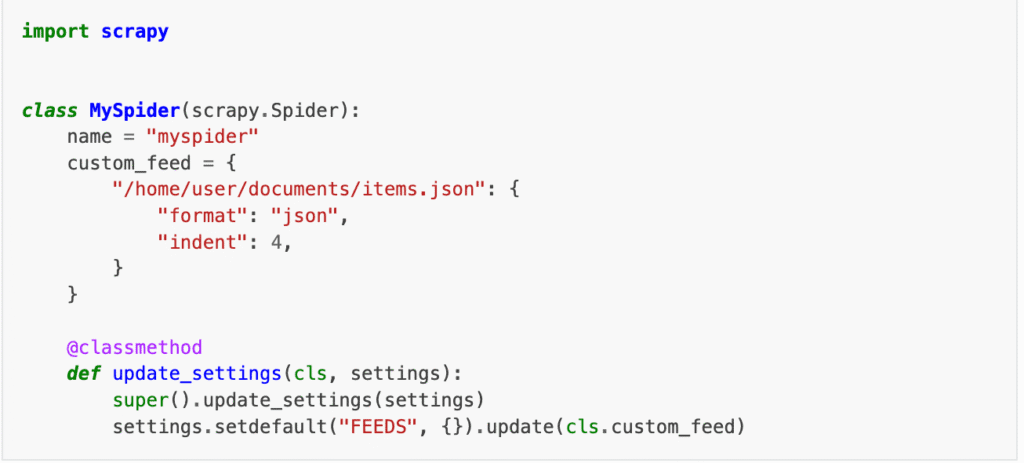
Key Features:
- Spiders & Modular Architecture: Scrapy lets you define spiders (classes) that handle crawling different sites, follow links, scrape data, etc.
- Selectors, Pipelines, Middlewares: Very fine-grained control over what to scrape, how to process the scraped data, how to handle responses & requests.
- Asynchronous Crawling: Scrapy uses Twisted (an async networking engine), so you can run many requests in parallel.
- Extensibility & Large Community: Since it’s open source, there are many third-party tools, plugins, and a supportive community.
Cons:
- Requires Coding Skills: Not beginner-friendly in the way browser extensions are.
- Maintenance Overhead: You’ll need to install Python, manage dependencies, possibly proxies/IP rotation/handling dynamically loaded content or JavaScript rendering.
Review: Scrapy is for people who are serious about web scraping. If you’re regularly scraping large datasets, crawling multiple pages, monitoring changes over time, or integrating scraped data into backend workflows, Scrapy will likely outperform any Chrome extension in flexibility and power.
6. Octoparse
Octoparse is a visual, no-code/low-code scraping tool that aims to make powerful data extraction accessible to non-technical users. Instead of writing scripts, you set up workflows with clicks, drag-and-drop, and templates. If you want more than browser extensions but less hassle than full coding, Octoparse is the right fit for you.
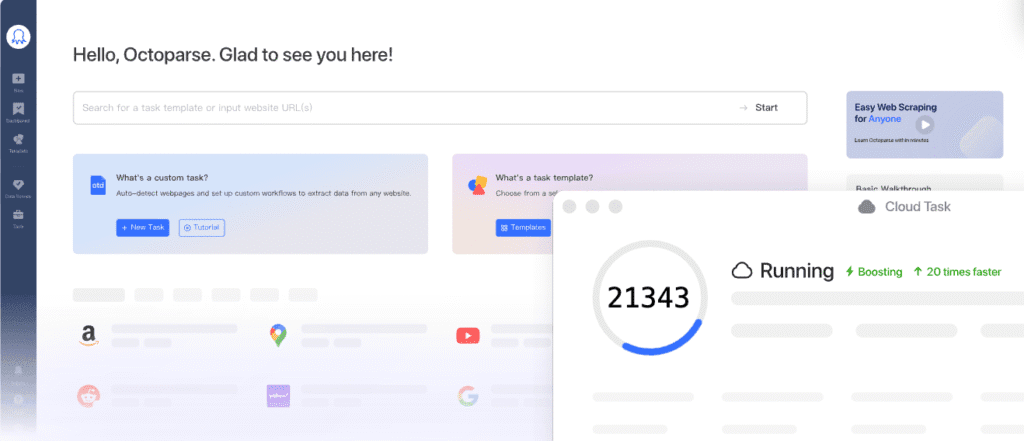
Key Features:
- No Coding Interface: Octoparse has a drag-and-drop interface to build scraping workflows.
- Templates for Popular Sites: Ready-made templates help you get started quickly when the site layout is common.
- Cloud Service & Scheduled Tasks: Can run scraping tasks on cloud servers and schedule them.
- Support for Dynamic/Pagination: It handles websites with dynamically loaded content and complex page navigation.
Cons:
- Cost Can Get High: The free tier is useful for small tasks, but for larger tasks, you’ll need a paid plan.
- Learning Curve: More complex scrapes require more time to learn.
Review: Octoparse is a strong tool in 2025: not quite as light as browser extensions, but far more approachable than building scrapers from scratch. For those who require regular scraping tasks, it delivers solid value.
7. Listly
If you want fast, clean data without messing around with code, Listly is a strong contender in 2025. It’s a Chrome extension + web app combo built to make data extraction as easy as selecting parts of a page and exporting to Excel or Google Sheets. From pulling product info, leads, real-estate listings, to gathering social data, it’s designed for folks who want to work smart, not hard.
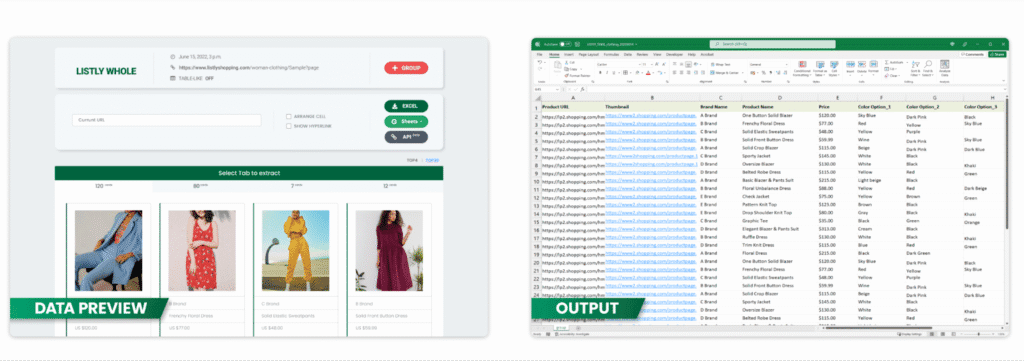
Key Features:
- “Parts & Tabs Extraction”: You can pick specific parts of a webpage or extract data across multiple tabs open in your browser.
- Group Extraction: Enter URLs of multiple pages, and Listly can fetch data from all of them and combine into one structured output.
- Export & Integration Options: Export to Excel/XLSX, CSV, JSON. Also integrates with Google Sheets.
- Automation Tools: Auto-scroll, auto-click, auto-save while scrolling; schedules for extractions; support for proxies; timers; ability to handle iframes; etc.
Cons:
- Pricing Limits: Free tier’s limits constrain what you can do without upgrading.
- Performance Under Heavy Loads: For large numbers of pages, or scraping many tabs/batch extraction, performance might lag.
Review: Listly feels like a great hybrid between lightweight browser tools and more robust scraping platforms. For users who want to pull data regularly but without diving into coding, it offers just the right mix of power and usability.
8. DataGrab
With a Chrome extension and optional cloud service, DataGrab lets you set up scrapers via visual setup, run them in your browser or in the cloud, and grab data with minimal work. It’s great if you want clean data without building full scraper pipelines from scratch.
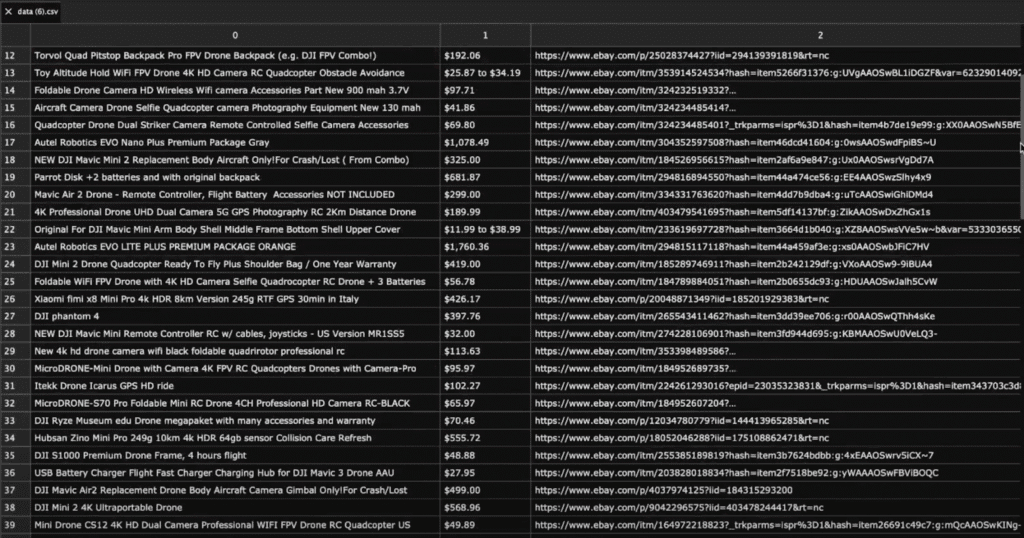
Key Features:
- Visual Scraper Setup: You select the elements you want from a apage, without writing code.
- Support for Pagination: DataGrab can follow “next” links, load more content etc., so you can scrape data across multiple pages.
- JavaScript Rendering: It handles dynamic content that is loaded via JS/AJAX so that you’re not stuck with empty placeholders.
- Proxy Rotation: To help avoid blocks when scraping repeatedly or from many pages, DataGrab offers proxy support.
Cons:
- Free Usage/Limit Constraints: Some features need payment, and the free mode may have limitations in scale or frequency.
- 7-Day Data Retention: The data retention policy is relatively short, which may be limiting if you need to access older scraped data.
Review: DataGrab is very recommendable if your scraping needs are moderate to frequent and you value speed, ease, and reliability. DataGrab gives you more power than many simple extensions without overwhelming you. If your needs grow further, you might pair it with a more advanced/specialized tool later.
Web Scraping doesn’t have to be complicated, and with the right Chrome extensions, it isn’t. Pick one, start small, and scale up. Once you see how much time you’re saving, and how much richer your insights become, you’ll never go back to manual copy-paste again.
Explore more Smacient blogs where we break down AI tools:
- Best AI Script Generator Tools in 2025
- Top AI Tools For Startups in 2025
- AI Overview: What They Are & How to Rank in AI Overviews
FAQs
Not always. Web scraping legality depends on a website’s terms of service and local laws. Always review the site’s policies before scraping.
Websites use anti-bot measures like CAPTCHAs or rate limiting. To reduce the risk of being blocked:
– Scrape slowly and limit the number of requests.
– Use proxies or rotating IP addresses.
– Respect robots.txt files and avoid scraping sensitive pages.
Most reputable scraping tools do not store your data without consent, but always review each tool’s privacy policy. If you’re handling sensitive information, choose tools with encryption, secure connections, and clear data-handling practices.
Yes. Data Minder, Apify, and Octoparse support direct exports to Google Sheets or via API integration. Some tools also allow exporting to Excel, CSV, or databases, depending on your plan.
Disclosure – This post contains some sponsored links and some affiliate links, and we may earn a commission when you click on the links at no additional cost to you.


